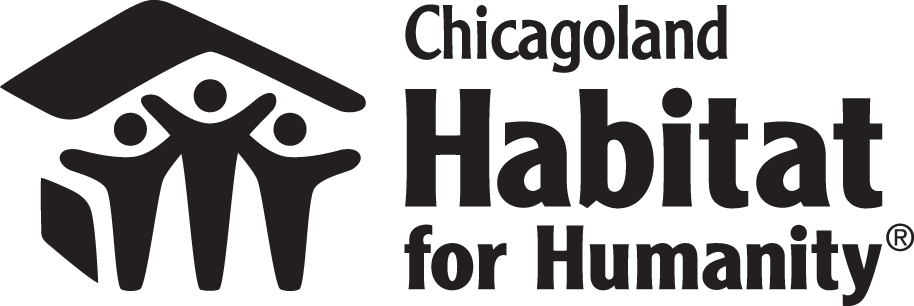
Habitat History
Building strength, stability and self-reliance through shelter for over 40 years.
History of Chicagoland Habitat for Humanity
Chicagoland Habitat for Humanity is a support organization for the five Habitat for Humanity affiliates in the Chicagoland area with a goal to significantly increasing the number of families served in the region. There is a staggering need for housing support in the Chicago metro area and an opportunity for Habitat to do even more than we do today. Chicagoland Habitat was created to leverage capacity building, growth, marketing and advocacy by working in collaboration with the affiliates across Chicagoland.
Chicagoland Habitat developed a comprehensive strategic plan for 2022-2025 in partnership with affiliates to most effectively and dramatically increase the number of families served in the Chicago metro area – and we’re hard at work on our next strategic plan to help reach that goal.
Five Affiliate Locations
The five affiliates across Chicagoland are part of the 1,100 affiliate members of Habitat for Humanity International that provide decent, affordable housing for those in need worldwide. With the help of individual volunteers, corporate volunteers, charitable foundations and faith based organizations, we strive to transform communities as they partner with families to achieve responsible home ownership.
The five area affiliates serve families in seven Chicagoland counties. To date, over 1,300 houses have been built to provide homes for over 5,000 people in the region. In collaboration with Chicagoland Habitat, our goal is to dramatically increase the families served in the Chicagoland area.
The History of Habitat for Humanity International
Summary
Habitat for Humanity International was founded in 1976 by Millard and Linda Fuller. Today, Habitat International is a true world leader in addressing the issues of poverty housing.
Koinonia Farm
The Habitat for Humanity model originated at Koinonia Farm, a small, interracial, Christian community outside of Americus, Georgia. Koinonia Farm was founded in 1942 by farmer and biblical scholar Clarence Jordan.
The Fullers first visited Koinonia in 1965. They had recently left a successful business and an affluent lifestyle in Montgomery, Alabama to begin a new life of Christian service.
At Koinonia, Mr. Jordan and the Fullers developed the concept of “partnership housing.” The concept centered on those in need of adequate shelter working side by side with volunteers to build simple, decent houses.
Inception
In 1968, the city of Koinonia provided 42 half-acre house sites with four acres reserved as a community park and recreational area. Capital was donated from around the country to start the work. Homes were built and sold to families in need at no profit and a no-interest mortgage. The Habitat for Humanity model was born.
Formal Beginning
In September of 1976, Millard and Linda Fuller brought together the first group of supporters to discuss the Habitat for Humanity model. Habitat International as an organization was born at this meeting. The eight years that followed, vividly described in Millard Fuller’s book, “Love in the Mortar Joints,” proved that the vision of a housing ministry was workable.
Phenomenal growth
In 1984, former U.S. President Jimmy Carter and his wife Rosalynn took their first Habitat International work trip, the Jimmy Carter Work Project, to New York City. Their personal involvement in Habitat International’s ministry brought the organization national visibility and sparked interest in Habitat International’s work across the nation. As as result, Habitat International experienced a dramatic increase in the number of new affiliates around the country.
The Habitat for Humanity Model
The Habitat for Humanity model does not provide for a housing giveaway program. It is a hand up, not a hand out. Homeowners are required to invest hundreds of hours of sweat equity into building their own home and the homes of their neighbors. Habitat partner families must also complete financial literacy programs and home management workshops in order to prepare them for successful homeownership. Habitat homes are sold to qualified partner families at no profit and financed with no-interest or low-interest loans; mortgage payments are used to build still more Habitat homes.
Today
Through the work of Habitat worldwide, thousands of low-income families have found new hope in the form of affordable housing. Churches, community groups, business, individuals and others have joined together to successfully tackle a significant social problem―decent housing for all.
Since our founding 1976, Habitat International has served 62 million people through affordable housing solutions.

